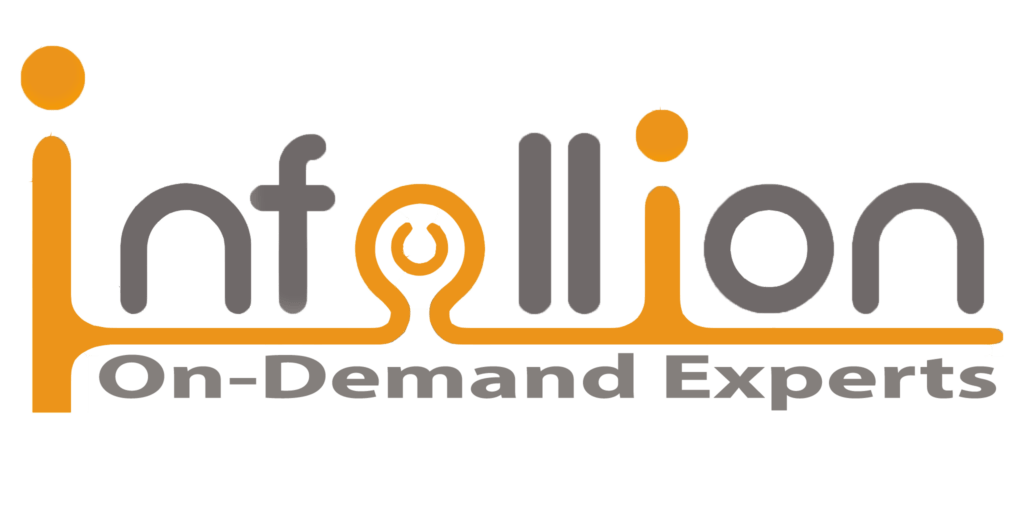Program Overview
This program equips food, nutrition, and regulatory professionals with the knowledge to navigate the complex world of plant-based and alternative protein labeling. Participants will understand the regulatory definitions, permissible claims, and consumer perception dynamics that influence how plant-based products are positioned in the market. This course explores FSSAI, Codex, FDA, and EU frameworks, key disputes on dairy/meat analog terminology, and how brands can ensure truthful, transparent, and compliant labeling without compromising marketing appeal. Through real-world case studies, group simulations, and ethical claim analysis, participants will learn how to craft credible labeling strategies that align innovation with compliance and trust
Features
- Understand global regulatory definitions and labeling frameworks for plant-based and vegan foods
- Identify compliance boundaries, ingredient disclosure requirements, and allergen labeling obligations
- Evaluate real-world case studies of labeling disputes and regulatory actions
- Develop compliant, consumer-trusted communication and branding strategies for plant-based products
Target audiences
- Regulatory Affairs professionals
- R&D professionals
- Product Development professionals
- Quality, Marketing professionals
- Legal/Compliance professionals
Curriculum
- 5 Sections
- 25 Lessons
- 1 Day
- The Rise of Plant-Based & Alternative Proteins5
- 1.1Global market trends: flexitarian consumers, protein diversification, and sustainability narratives
- 1.2Definitions & categories: Plant-Based, Vegan, Vegetarian, Cultivated Meat, Fermented Proteins
- 1.3Regulatory ambiguity: Codex, FSSAI, FDA, and EU perspectives on definitions and descriptors
- 1.4Economic, ethical, and environmental drivers of the plant-based movement
- 1.5Case Study: Impossible Foods, Beyond Meat, Blue Tribe
- Regulatory Frameworks & Labeling Challenges5
- 2.1Indian landscape: FSSAI draft regulations on vegan labeling (green “V” mark, definition of vegan)
- 2.2Restrictions on dairy/meat analog terms (e.g., “Plant-based Milk,” “Butter,” “Cheese,” “Meat-Free”)
- 2.3International norms: FDA vs. EU legal rulings on plant-based descriptors
- 2.4Nutrient claims, allergen declarations, and cross-contamination challenges
- 2.5Case Study: EU Court- Can we call it milk?
- Marketing Ethics, Green Claims & Consumer Communication5
- 3.1Ethical labeling and avoiding “health halo” or “clean label” misconceptions
- 3.2Overlapping claims: Vegan, Natural, Sustainable, Non-GMO, and Protein-Rich
- 3.3Responsible advertising — aligning nutrition science with communication
- 3.4Managing consumer advocacy, watchdog scrutiny, and reputational risk
- 3.5Analysis of misleading vs. compliant product campaigns
- Capstone— Designing a Compliant Label5
- 4.1Aassess a mock plant-based product portfolio
- 4.2Redesign label claims, ingredient lists, and pack communication for regulatory compliance
- 4.3Identify high-risk claims and propose compliant alternatives
- 4.4Evaluate trade-offs between marketing appeal and compliance accuracy
- 4.5Exercise: Label It Right
- Future Outlook — Beyond Compliance to Innovation5
- 5.1Regulatory harmonization efforts and global labeling convergence
- 5.2Traceability, digital labeling, and QR-based ingredient transparency
- 5.3ESG, sustainability, and circular protein economy (soy, pea, algae, cultured meat)
- 5.4Building cross-functional governance and readiness for the next labeling wave
- 5.5Q&A + Action Planning: Future-proofing your labeling strategy






